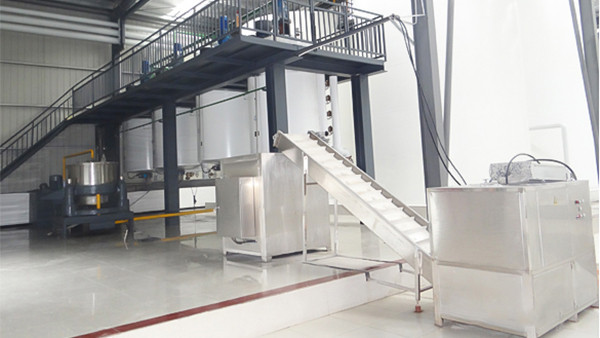In today's fast-paced world, the demand for high-quality oils is at an all-time high. The Oil Production Line is a comprehensive system designed to efficiently extract and refine oil from various sources such as seeds, nuts, and fruits. This article will explore its key stages, advantages, and applications, providing a complete overview of this essential production technology.
The oil production process comprises several critical stages:
1. Raw Material Preparation: This involves receiving, cleaning, and storing raw materials.
2. Crushing and Shelling: The cleaned seeds or nuts are crushed, and the husks are removed.
3. Tempering and Peeling: The material is conditioned and flaked for better extraction.
4. Extraction: Oil is extracted using advanced solvent or mechanical methods.
5. Desolventization: The solvent is evaporated from the oil.
6. Degumming, Neutralization, Bleaching, and Deodorization: These steps ensure that the oil is pure, safe, and of high quality.
Modern oil production lines come with numerous benefits that enhance efficiency and output:
The versatility of the oil production line allows it to serve various sectors effectively:
1. Edible Oil Production: Serves large and small production enterprises.
2. Agricultural Cooperatives: Enables farms to process their crops and add value.
3. Oil Processing Plants: Can produce a variety of oils based on market demands.
4. Biodiesel Production: Provides essential raw materials for biofuels.
5. Food Processing: Supplies high-quality oils for food manufacturing.
In conclusion, investing in an efficient Oil Production Line is crucial for businesses seeking to produce high-quality, sustainable oils. By leveraging advanced technology and automated processes, companies can achieve significant yield and quality, catering to diverse market needs.



